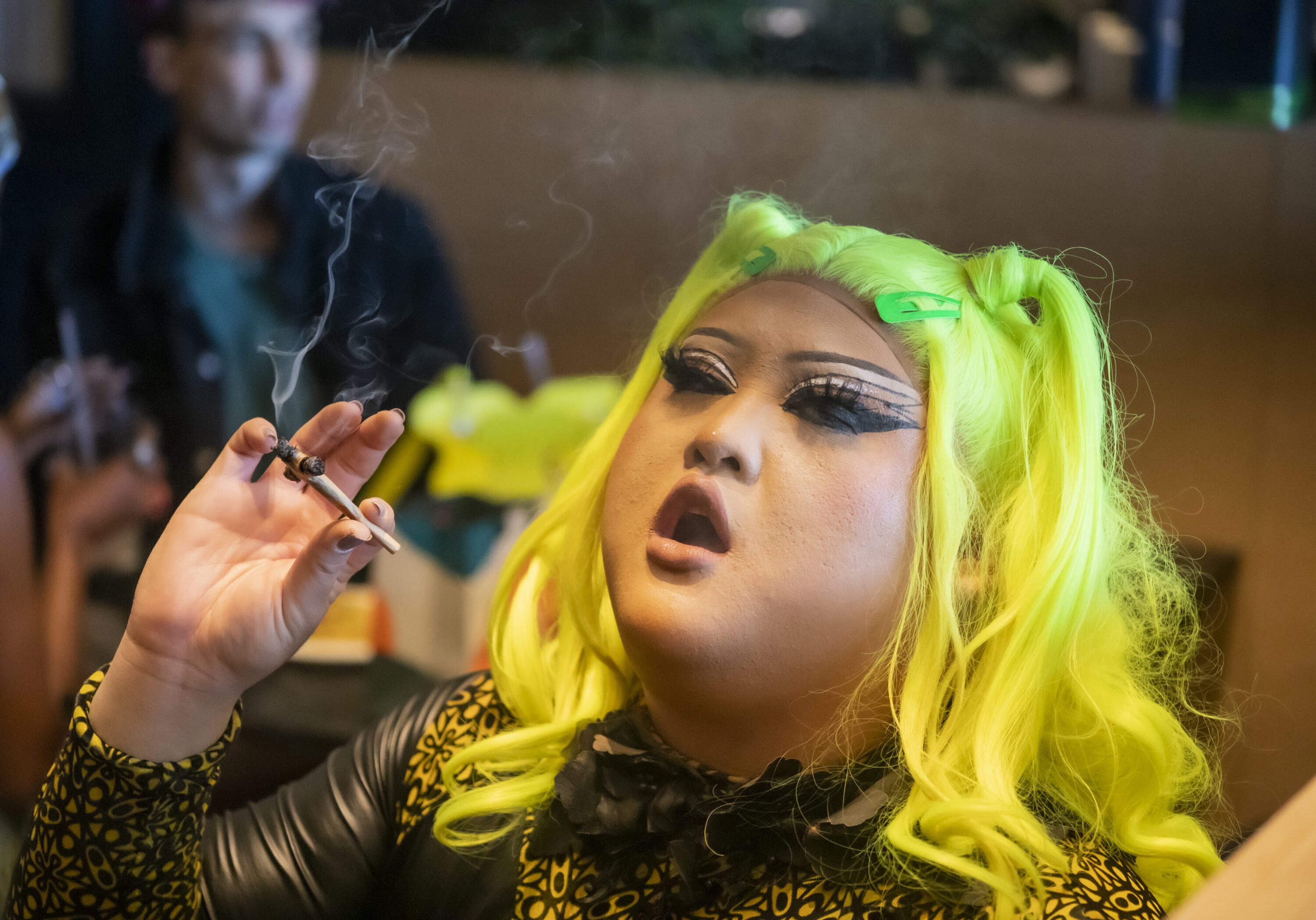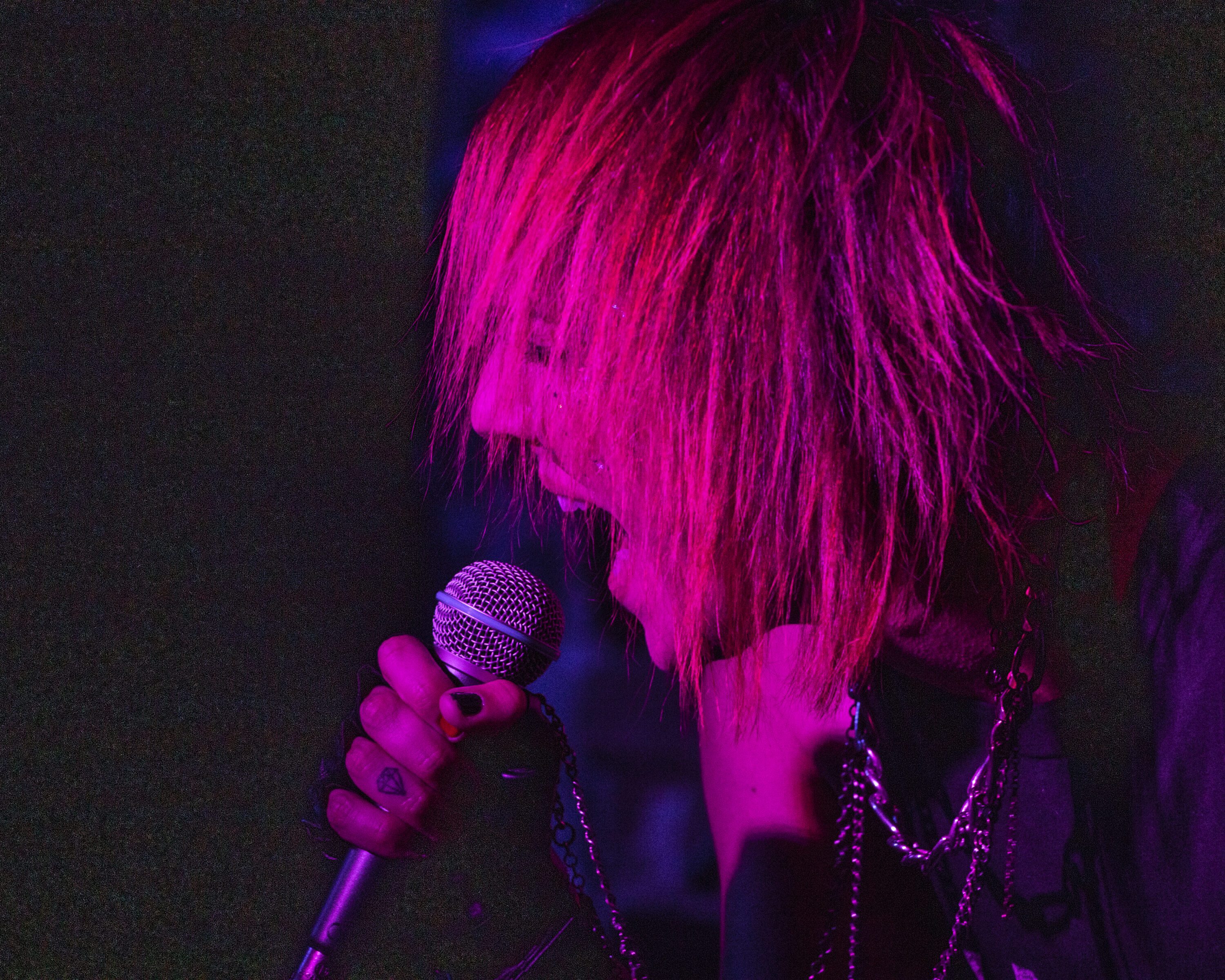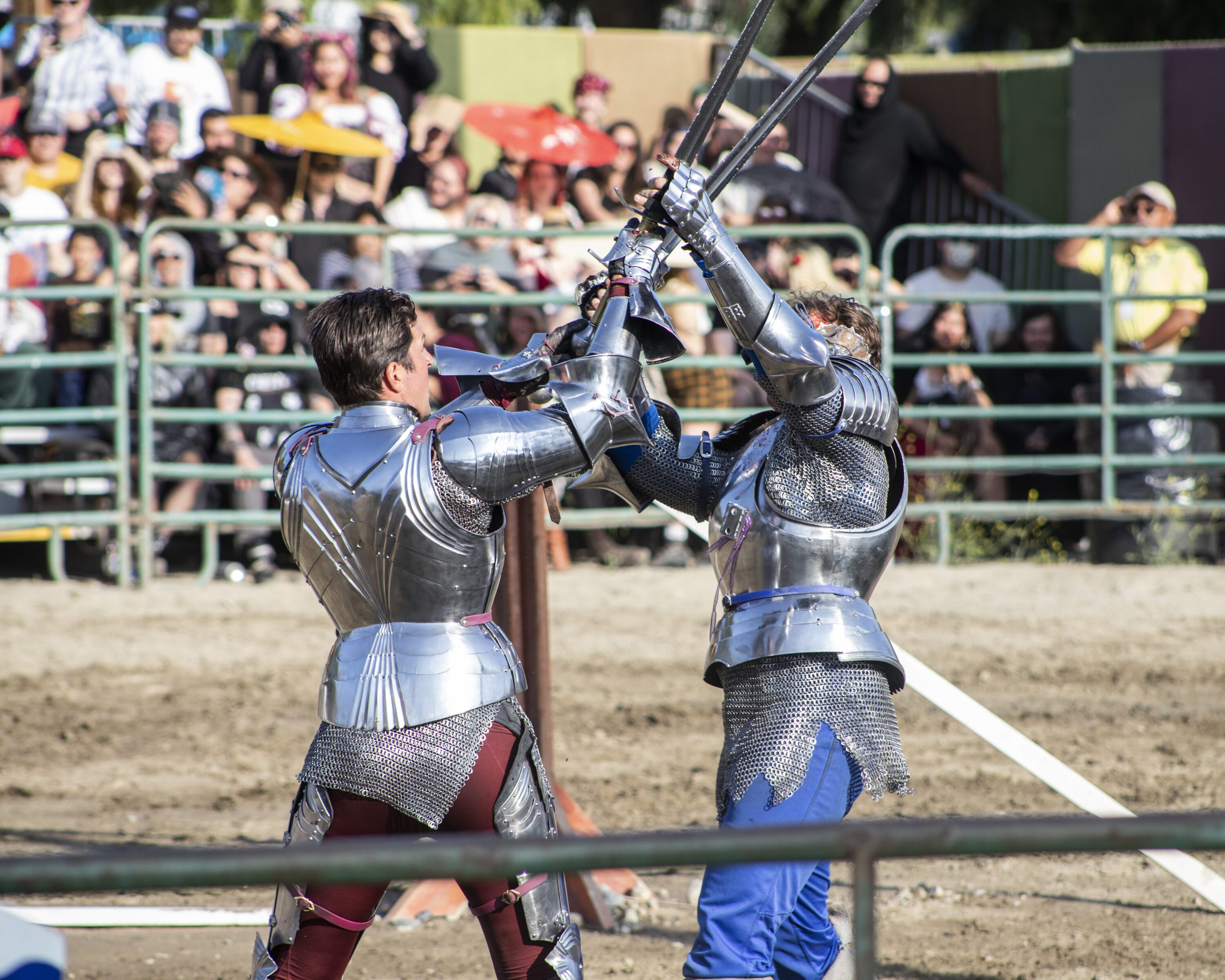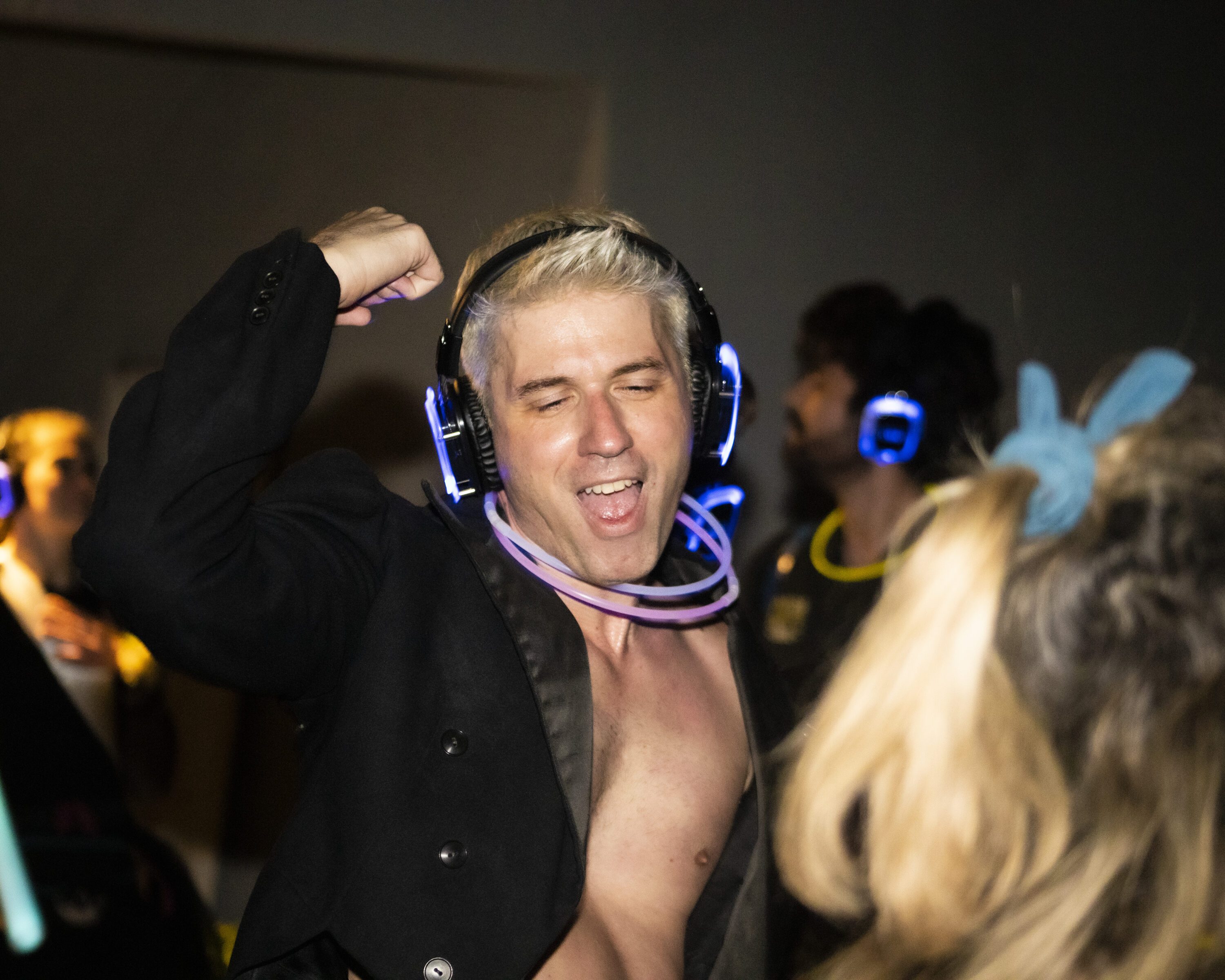Robbie Postma (chef) and Robert Harrison (photographer) team-up to show visual elements of traditional foods down to its raw elements
Never has a story of food been depicted so dark and so raw but the thing that sticks out the most is how it is being showed and its by having the food story being displayed on a face.
And this “food story” is called MENU. Like a cutting edge take on Renaissance artist Giuseppe Arcimboldo’s work, MENU is what happens when food meets photography on the dark side.
Robbie Postma (chef) and Robert Harrison (photographer) take the viewer back to the origin of a menu. Through visual imagination and culinary flair, they evoke every step of a fine dining experience, but rather than focusing of the final, finessed dishes, MENU makes the raw, unprocessed ingredients the heroes. Served on the closest place you can get to a chef’s mind: on his face.
“A good menu is a story with its own narrative arc. That’s what we’ve tried to recreate in this project: we deconstructed a traditional menu into all its separate elements and ingredients and reconstructed it in a disruptive way – using my own face as the canvas to present our very own ‘MENU’,” said Postma. “This project in its essence is about the quest for perfection and represents the importance of taking enormous amount of time and attention to create something beautiful.”
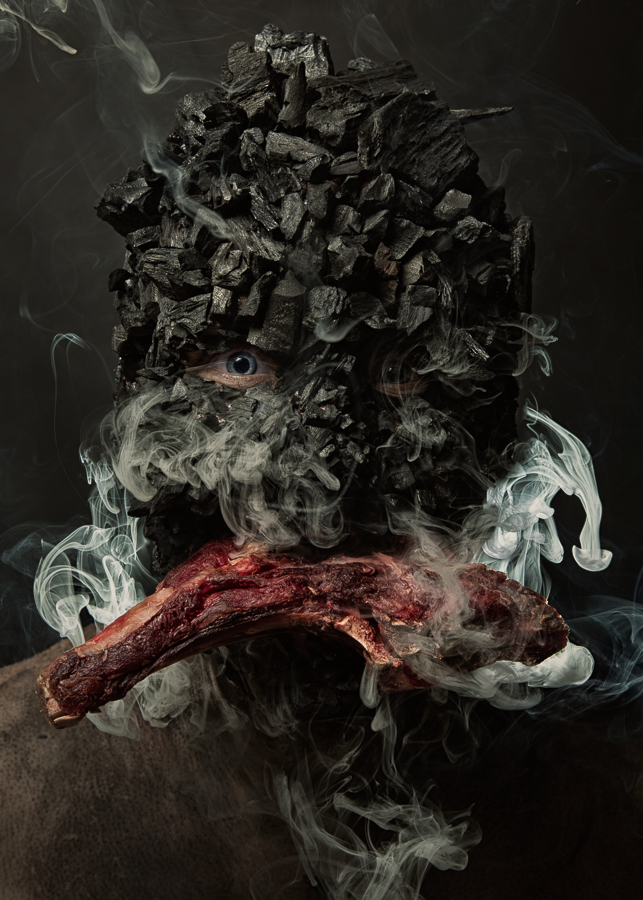
When creating these images, Postma and Harrison stuck to the same principles and values a chef would when creating a menu: paying a lot of attention to the details, the composition, the preparation and of course the ingredients. From cutlery to coffee bean, every component is painstakingly prepared to produce the ultimate effect. And every grain of rice was added by hand, without the aid of digital manipulation. MENU is hand crafted. Just like the best food.
“The devil is on the detail and that’s something we really took to heart when shooting the photography. Each single ingredient was painstakingly hand-placed onto the face, resulting in literally hours of preparation for each shot,” said Harrison. “For us it was important to work in a very organic way, shoot everything in camera and use no digital manipulation at all. This attention to detail and technique, combined with the unexpected scenarios – I guess some would say downright disturbing images – is what has this such a compelling project to work on.”
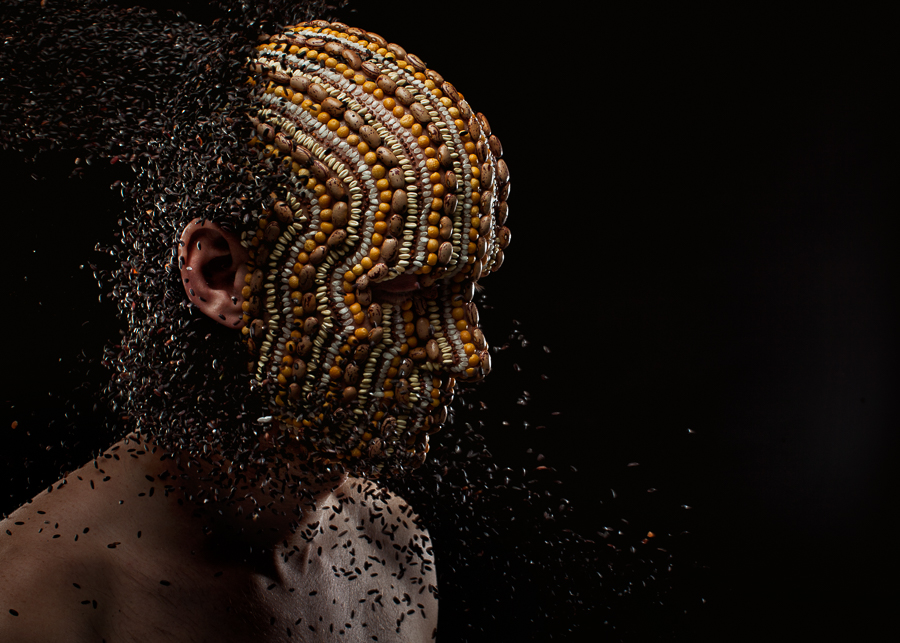
The whole project took a year to complete from start to finish and each image is the result of a lengthy process of research, testing of materials, preparation, art direction, planning and of course experimenting – most shots taking sometimes up to nine hours to prepare.



